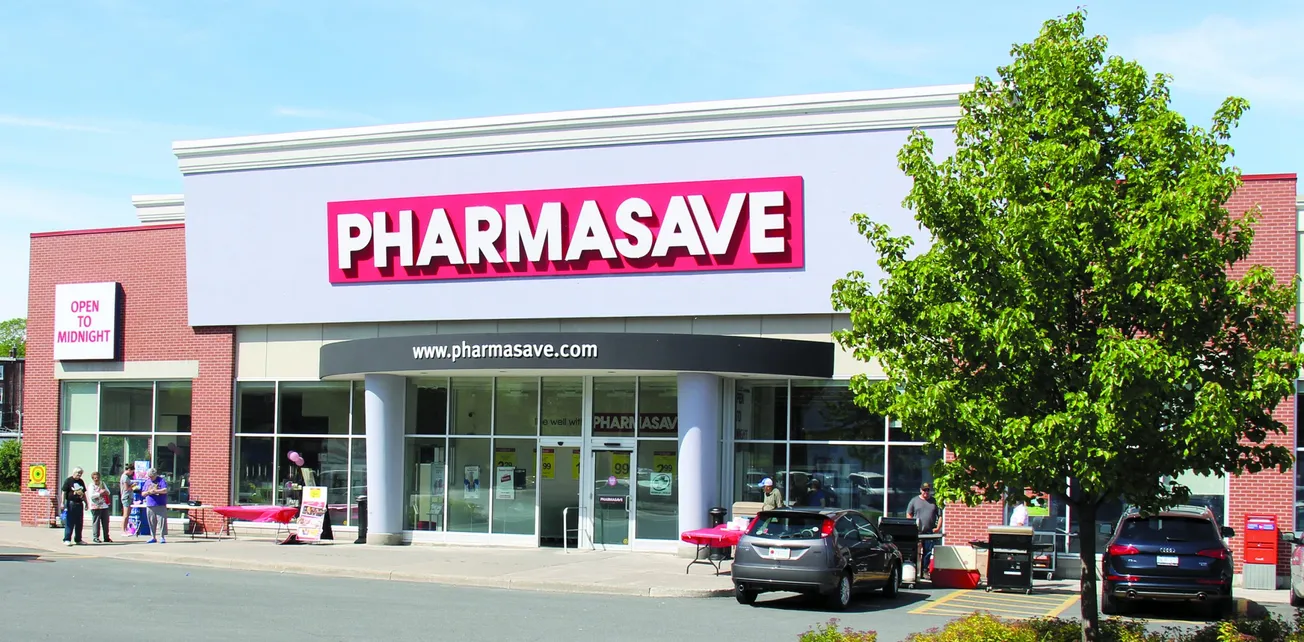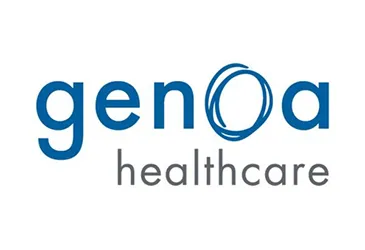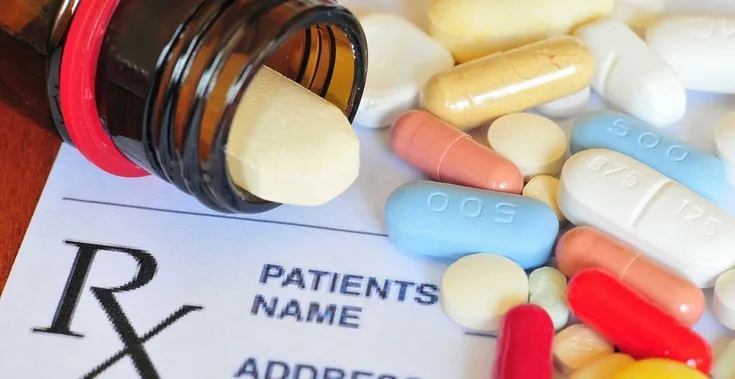Try as I might, I’m not much help to one of my kids when it comes to trading Pokémon cards (I can’t pronounce half of the names of the characters and long for the simplicity of baseball cards.) But watching the kids’ bartering reminds me of the basics of real negotiations — he wants a card his buddy owns, his buddy wants a card he has, and horse-trading talk ensues. The deal is done when both sides feel like what they’re getting is fair.

Doug Hoey
Pretty much the opposite of what pharmacies’ “negotiations” with insurer-pharmacy benefit managers have been like.
The clock is ticking on our current pharmacy payment system, however, with federal policy makers seemingly coalescing behind the need for real, comprehensive PBM reforms. “Changing the pharmacy payment model” continues to be the primary objective at the National Community Pharmacists Association. For our members, changing the payment model is built on two pillars. One pillar is the fair payment for the dispensing of prescription drugs. The other pillar is payment for pharmacist-based services such as those that pharmacists and their teams provided to hundreds of millions of people during the pandemic. It’s something we have been focused on and deeply involved in for years, and now there are signs of real progress. Investigations are under way. Legislative packages are being written and considered. There is increased congressional and marketplace pressure on PBMs.
When NCPA began advocacy for PBM reform decades ago, there was virtually no awareness around these problems. I sometimes joke that when we would lobby, almost no one on the Hill could even spell “PBM.” In the years since, we’ve held many fly-ins where community pharmacists come to Washington, we’ve initiated events where they have invited hundreds of their members of Congress in for pharmacy visits, we’ve launched PR initiatives, NCPA staff and our members have had countless meetings with policy makers at all levels — you name it, we’ve done it to help educate people. And we’ve been joined in these efforts by consumers, employers, physicians and other pharmacy groups. At our successful 2023 Congressional Pharmacy Fly-In (our first in-person fly-in since before COVID-19), PBMs were at the tip of the tongue in every office we talked with. Reform is in the air, but at this crucial time, it’s vital that changes are effective and truly help community pharmacy and the patients we serve.
None of this progress is possible without the value and the relationships independent pharmacy teams provide so well to those in their communities. People know and trust their local pharmacy. They are instinctively aware that meaningful reforms are needed.
How do I know this? NCPA partnered with Morning Consult on a national poll of voters that showed strong bipartisan support for regulating PBM-insurers. Large majorities of Republicans, Democrats and Independents alike are concerned by mega-PBMs’ self-serving and anticompetitive practices. They don’t like that PBMs overcharge employer and taxpayer-funded programs for drugs and pocket the difference; that just three PBMs control 80% of the prescription drug market; that PBMs steer patients to pharmacies they own or control to maximize their own profit; or that they sometimes require patients to use their own mail-order pharmacies instead of local pharmacies. They’re concerned that PBMs keep all or most of the discounts they negotiate on drugs instead of passing the savings on to consumers, and don’t like how they reimburse local pharmacies less for medicines than it costs the pharmacies to purchase and dispense them.
Basically, voters are alarmed by the entire PBM business model. They’re aware of how detrimental it can be to lose access to your local pharmacy of choice, creating a “pharmacy desert.” An ongoing NCPA-University of Southern California partnership has so far resulted in an interactive mapping tool showing that nearly one in four neighborhoods nationwide are pharmacy shortage areas — areas in which the nearest pharmacy is a half-mile away in neighborhoods that are low income and have low vehicle ownership, more than one mile away for urban neighborhoods, two miles away for suburban, or 10 miles away for rural areas. The goal here is to provide better, more precise, more current information than existing geo-access standards that will ultimately help patients continue to have access to pharmacy services and help pharmacies succeed and continue to stay open in these underserved places.
The pandemic provided stark examples of the importance of citizens having access to pharmacies for medications and health services. The vaccination of America during the COVID pandemic is a case study example of pharmacists providing certain primary care services that solved public health needs and were collaborative — not competitive — with other health care providers. NCPA was pleased to work with organized pharmacy to advocate for clarity around the duration of federal authorities granted by the PREP Act through 2024 that allow pharmacists to continue to order vaccines and pharmacists and technicians to administer vaccines. NCPA has also been pleased to support state efforts to make these authorities permanent state by state after the federal authority expires. This is key to the second pillar of changing the pharmacy payment model.
States have been busy! The unanimous Supreme Court ruling in Rutledge v. PCMA has freed states from having their wings clipped by ERISA with the clarity that federal law does not preclude states from enforcing reimbursement and pricing regulations against PBMs. NCPA worked closely with the Arkansas Pharmacists Association to support the work of the state. This has uncorked hundreds of bills that had been suppressed by ERISA threats.
Improving health care quality and decreasing total costs — these things are what CPESN USA continues to be all about. CPESN, which, as a reminder, stands for Community Pharmacy Enhanced Services Network, aggregates local networks of independent pharmacies that are increasingly collaborating with and complementing more traditional primary care to reach socially vulnerable populations. These networks are especially important with the growing emphasis on addressing health inequities. “Making it easy to work with independent pharmacies” is a valuable service that CPESN provides to the marketplace, whether regarding immunizations, blood pressure checks or any number of other offerings.
Of course, low pharmacy reimbursement by PBMs is a driver of closures that contribute to pharmacy deserts. (Remember those voters from our Morning Consult poll? 75% of them supported requiring health insurance companies and PBMs to pay at least the same amount for prescription drugs that the pharmacy purchases them for.) NCPA has long argued that a “cost-plus” payment model is significantly superior to the current system. It would be better for the pharmacy and would give plan sponsors predictability and transparency. Ideally, we’d eventually trade up from cost-plus to a “cost-plus-plus” model — the first “plus” is a professional dispensing fee based on cost of dispensing studies, with the latter being based on pharmacy performance using metrics that actually measure better patient outcomes.
Community pharmacy’s biggest payer is Medicare. According to the NCPA Digest, sponsored by Cardinal Health, 36% of the average community pharmacy’s business comes from Medicare prescriptions. Uncle Sam is community pharmacy’s biggest payer but hasn’t been the best partner because of its outsourcing of the management of Part D to PBMs. Pharmacy DIR (direct and indirect remuneration) clawbacks are one of the torture devices PBMs use to keep pharmacies under their thumb. According to a recent MedPac report, between 2010 and 2021, pharmacy DIR fees ballooned a mind-blowing 629% from $8.6 billion to $62.7 billion, expanding as a share of gross Part D spending from 11% to 29%! MedPAC also found that for some drug categories, costs net of manufacturer rebates were higher at vertically integrated (VI) pharmacies, particularly when those prescriptions were filled for their own VI plans, as compared to non-VI pharmacies.
In addition to MedPAC’s reports, the Federal Trade Commission continues work on its 6b study of PBMs. NCPA has long advocated to FTC that PBM business practices are anticompetitive, harmful to small businesses and, most importantly, harmful to consumers. Last year when the FTC asked for comments about PBM contract provisions, NCPA led the response, encouraging our members to take the opportunity the FTC was serving up. And respond they did: At NCPA’s Annual Convention last October, FTC chair Lina Khan spoke to the membership and cited the more than 24,000 comments the FTC received — largely from community pharmacy owners but also from physicians and consumers — as an important factor for the agency in deciding to do the 6b study.
Patients want to trade up to a health care system that serves them better and costs them less. NCPA and our members want to trade up to one that is fair and allows us to compete in the marketplace to the best of our ability. My child wants the best Pokémon cards possible. Basically, we all want a fair deal. I’m optimistic that with more persistence and savvy, improved outcomes are within reach.
Doug Hoey is chief executive officer of the National Community Pharmacists Association.









